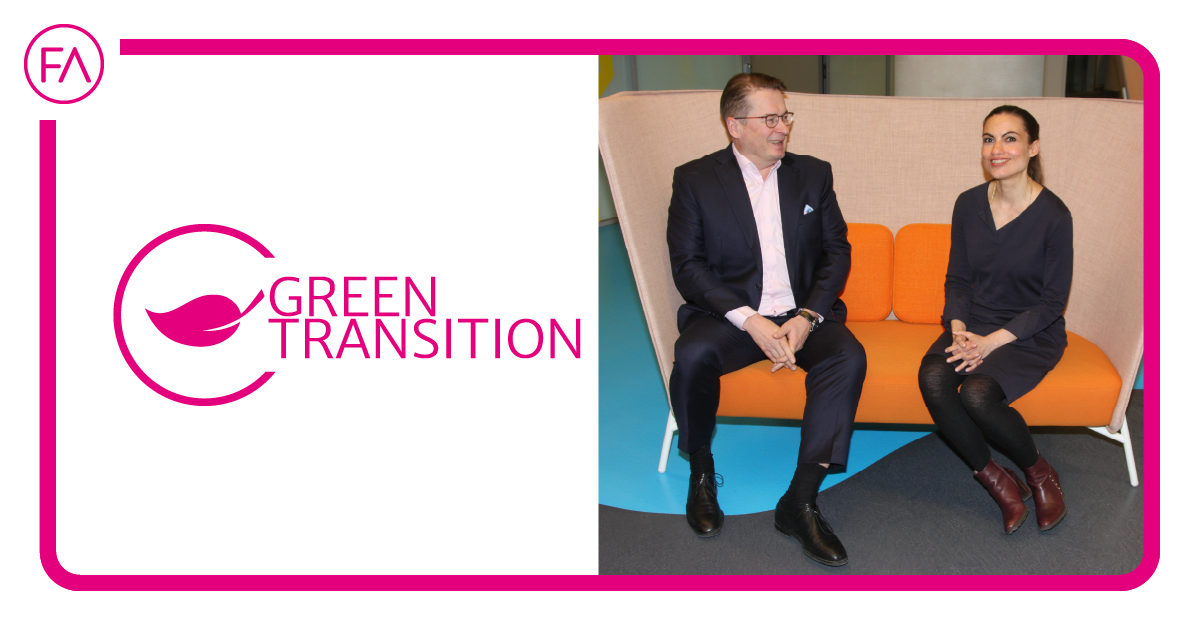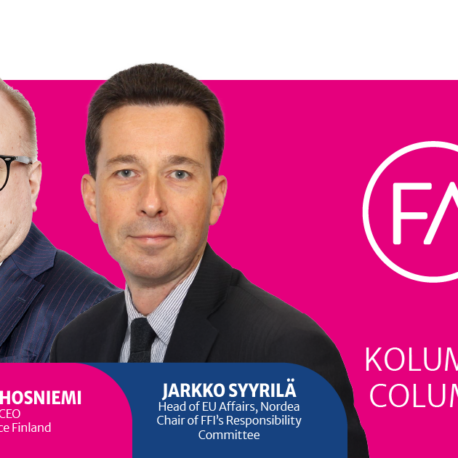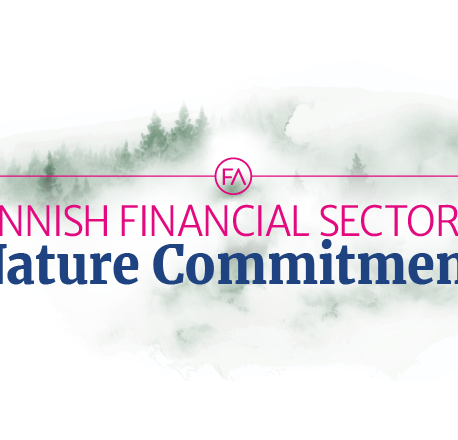
- The production equipment of Helen’s Vuosaari bioenergy heating plant is owned by SEB Leasing.
- SEB Leasing provides lease financing for industrial-scale projects such as solar, wind and bioenergy power plants in Finland.
- This article is part of an article series showcasing Finance Finland member organisations’ concrete actions to promote the green transition.
Leasing is a familiar concept to many, especially to those who drive a company car – but few know that lease financing is also possible for something as massive as a full-scale power plant. Admittedly, the latter are in a price range of their own: for example, Helen’s Vuosaari bioenergy heating plant came with a hefty price tag of €165 million.
The total cost of the bioenergy heating plant completed in 2022 was about €250 million. Roughly €100 million of this went to construction, earthwork and ten kilometres of district heating pipes.
Helen financed the plant’s fixed structures with operating cash flow, bank loans and commercial papers. The plant’s production equipment was financed by SEB Leasing with a lease agreement of €165 million.
Lease financing might come useful also in the future if Helen goes through with its plans to build a small modular reactor (SMR) plant, a type of small nuclear reactor, in Helsinki. For the time being, it is still too early to make concrete financing decisions because such installations have not yet cleared the required assessments in Finland.
“Small modular reactors are significantly more expensive than the Vuosaari bioenergy heating plant was. We’re talking over half a billion, close to a billion euros in total expenses”, says Helen’s CFO Timo Rajala.
“In that sense, the word ‘small’ is slightly misleading”, Rajala laughs.
Senior Relationship Manager Satu Vapaakallio from SEB says the idea of lease financing a small nuclear plant is not an impossible idea.
“Of course, there aren’t any case examples of leased SMR plants yet, but we’d be interested in thoroughly assessing the financeability of such an investment.”
One of the ways SEB acquires refinancing for its green investments is by issuing green bonds, which include strict criteria for how the funds can be used.
According to Vapaakallio, the tightening banking regulation is making it necessary to seek out new financing solutions when a project is exceptionally large in scale. The financing agreement of an SMR plant could require additional partnerships that diversify the range of financing channels.
“The bank can provide part of the financing and act as the ‘face’ of the project towards the client. We can help the client put together a financing package from private debt investors, for example. These kinds of financing structures will only increase in the future.”
Leasing is a good option
Helen is in the middle of major investments as it works to replace coal-fired energy production with more sustainable alternatives. Last year and the year before, its investments surpassed half a billion euros.
According to Timo Rajala, completing the company’s massive transition to carbon neutrality by 2030 will require a wide range of financial instruments.
“Leasing is one good option. The financing period is longer, and it’s suited for project-like structures like the one we had in the Vuosaari plant.”
Where the bank loans Helen uses usually have maturities of five to seven years, lease agreements are clearly longer.
At the end of the lease period, Helen can buy out the plant’s production equipment. It is also common for lease agreements to be extended at the end of the original lease period.
“The buyout cost is based on the residual value estimated in the lease agreement. We usually ask a third-party expert to give their opinion of this residual value”, Vapaakallio explains.
Green finance is becoming mainstream
SEB has established its place as one of the Finnish energy sector’s biggest, if not the biggest, financiers and advisers.
SEB has financed Helen’s wind power investments as well as many other wind power investments in Finland. In many of the wind power projects, SEB has also acted as the transaction facilitator.
The company has been a trailblazer in what has become known as green finance.
“Green finance has become mainstream especially in the energy sector, where companies are investing in a carbon-neutral future”, says Vapaakallio.
Still have questions?
|Contact our experts
Looking for more?
Other articles on the topic

Hooray for simplifying regulation! But obligations must be streamlined thoughtfully, without compromising environmental goals

Preventing biodiversity loss must be given top priority – also in business

Sustainable finance reporting requirements must not be reduced at the expense of the environment

Finnish financial sector signs nature commitment to enhance the transparency of its biodiversity action




